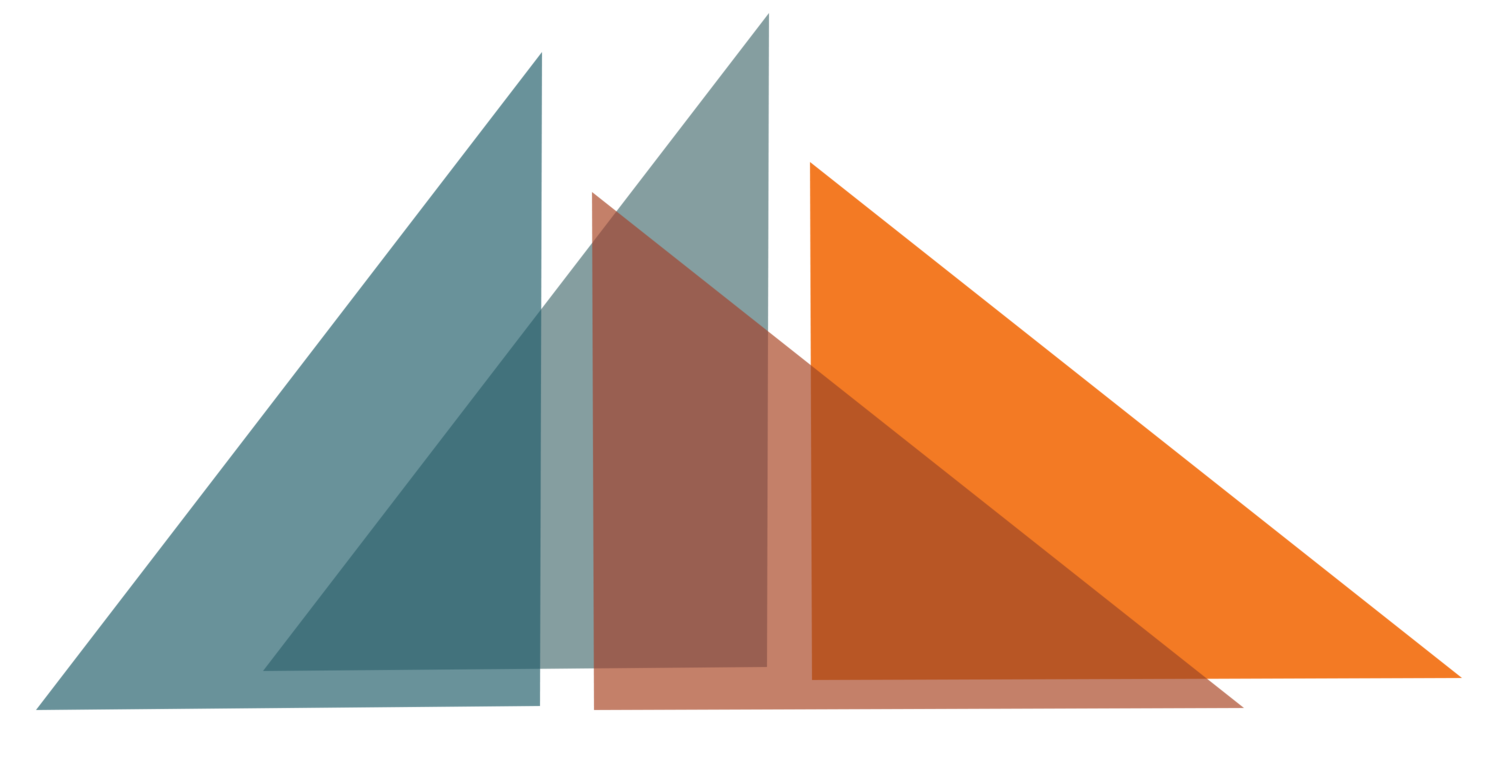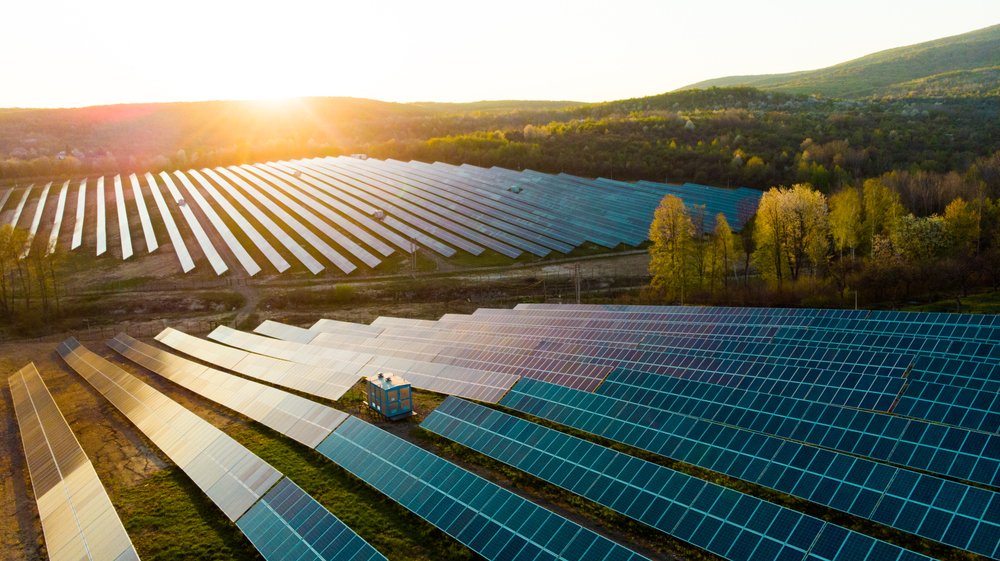BE MINDFUL OF THE COMPLEXITIES OF SOLAR PANELS
Solar Power has surged in popularity over the years as a viable form of renewable energy for everything from powering our homes and vehicles to powering whole city blocks. However, while this technology may have garnered considerable public interest and investment over the years, it is still in its infancy compared to older and more thoroughly developed forms of energy production, such as fossil fuels or nuclear fission. The main appeal that sets Solar Power (as well as other forms of renewable energy) apart from these older forms of energy production is their potential to continuously produce energy without ever running out of their required resources; some also believe that the production and usage of renewable energy is a more environmentally friendly alternative to fossil fuels and nuclear power, though this is not always the case.
Something many people do not consider is that many solar panels will remain active in sunlight, even when disconnected from a power bank. This is because most solar panels are “always on” and begin producing energy when exposed to the sun’s rays. Because of this, they present a unique risk to first responders and firefighters, who are often sent out to deal with several emergencies at any given time – including structural fires. Solar panels output energy in DC (direct current) instead of AC (alternating current), which means exposure to a current produced by a solar cell is much more dangerous than exposure to a current from a typical wall outlet. This is because DC electricity flows consistently and continuously without variation, increasing the likelihood that one electrocuted by such means will die from the experience as they are more likely to lock up and be physically incapable of breaking away from the current coursing through them.
Two of the major factors in the safety and functionality of any solar power setup are the quality of the panels themselves and the quality of installation of said panels. While solar panels manufactured here in the USA are subject to strict standards and quality control before they ever reach the market, several brands produced overseas (mostly in China) have become popular due to affordability, especially compared to brands manufactured in the USA. Unfortunately, many of these panels from overseas simply do not have the same level of failsafe redundancies present in US panels, resulting in higher failure rates and even increasing the potential for catastrophic failures such as causing house fires or presenting unmitigated electrocution risks. Furthermore, even if US-made panels are used, improper installation can sometimes result in bypassing the intended fail-safes built into these panels, making them just as dangerous as any other raw energy source; a staggering percentage of fires involving solar panels were discovered to have been caused by shoddy installation.
There is a lot of fluff out there regarding alternative energies where only the positive talking points are discussed, but beyond those talking points exist real dangers – dangers that can only be combated by educating ourselves about the realities of the risks that are taken when dealing with these newer forms of energy production. Regardless of how our energy is produced, it must always be remembered that the end product - raw electricity – remains just as dangerous as ever.



